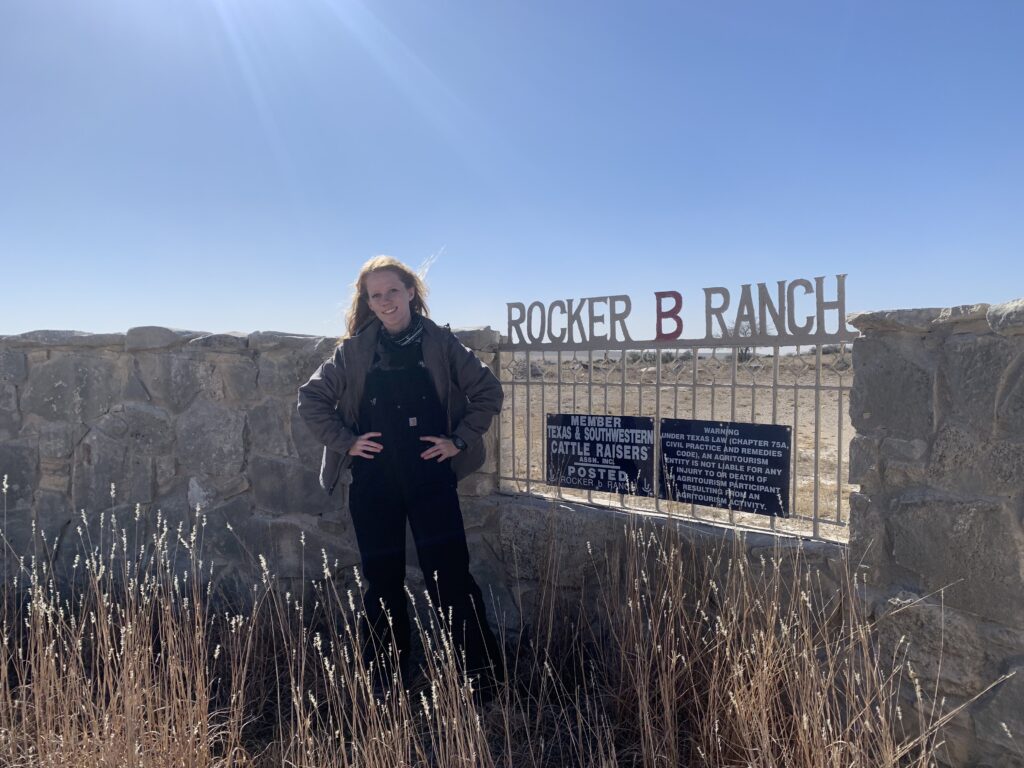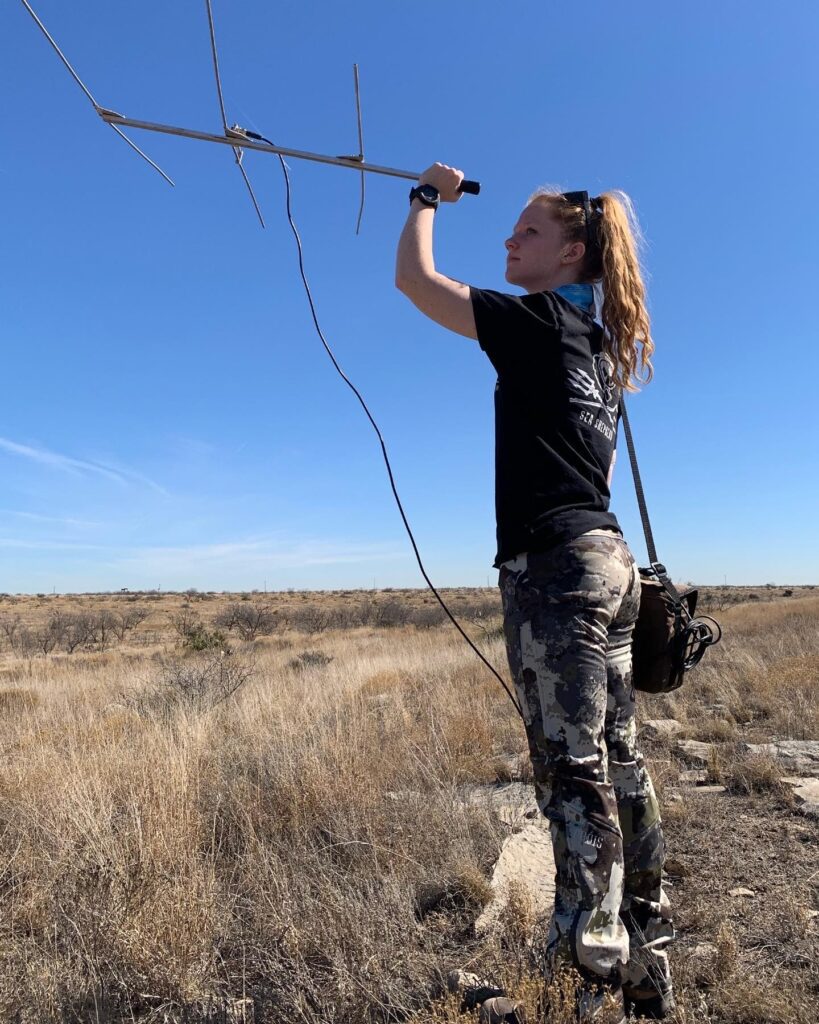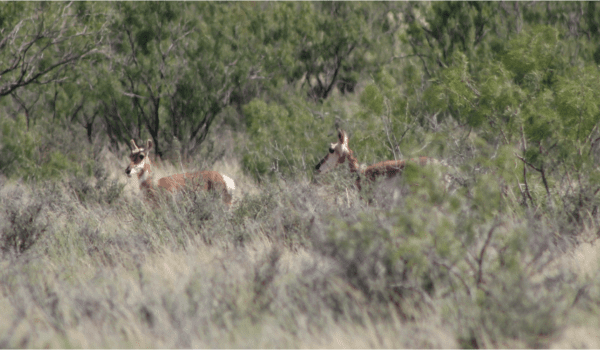Story by Nate Skinner, for Lone Star Outdoor News
Erin O’Connell, a graduate research assistant at the Borderlands Research Institute (BRI) at Sul Ross State University, is studying the movements and behaviors of pronghorn while conducting a Pronghorn Restoration Behavior project with a team of BRI colleagues. This study will provide the Texas Parks and Wildlife Department and landowners with insight to improve the future of pronghorn restoration efforts in West Texas.

“Pronghorn have gradually faded from the West Texas landscape,” she said. “Many factors have caused this decrease in populations over time, including drought, restrictive fencing, and anthropogenic expansion, all of which contribute to habitat loss. Overgrazing, parasites, habitat fragmentation, fawn predation and food availability also played a role in their decline.”
In 2011, TPWD began a long-term program to restore pronghorn in the Trans-Pe- cos region. They began by partnering with the Borderlands Research Institute, the Texas Parks and Wildlife Foundation, landowners and other conservation organizations. Efforts to restore pronghorn populations are now being explored on several private ranches in the Trans-Pecos through translocations.
“Restoration efforts can be challenging to implement,” O’Connell said, “especially when animals must be translocated, or moved from areas with surplus populations to areas where they could possibly enhance declining populations. The behaviors of translocated pronghorn versus those of resident or native pronghorn are not well understood. So, a big part of our project has focused on how the movements between translocated pronghorn and resident pronghorn differ, based on data transmitted from collars, worn by both translocated and resident animals.”
O’Connell said understanding how pronghorn move is essential, because their movements provide insight into post- translocation pronghorn behavior and spacial use. Her efforts have focused on analyzing the movements of both translocated and resident pronghorn on the Rocker B Ranch.
“Pronghorn strongly rely on their memory of the landscape by using what we refer to as a cognitive map, to choose their habitat,” O’Connell said. “We initially thought that translocated pronghorn were going to learn from resident pronghorn in order to develop their cognitive map when they were placed on a new landscape, by benefiting from the residents’ experience.”

Instead, O’Connell said they learned translocated pronghorn readily crossed modified fences and moved freely throughout the ranch, while residents did not exhibit the same behavior.
“Collar data showed that translocated pronghorn were significantly more willing to go through or across fences with modifications that made them easier for them to cross, when compared to the movement data gathered from resident pronghorn that had collars,” O’Connell explained. “Our guess is the memory of past restriction along fences before modifications were implemented still limited their use of the landscape. This is of great concern to biologists and land managers, because without connectivity between pronghorn populations across the landscape, it becomes increasingly more difficult to increase their numbers when physical barriers like fences hinder their movement.”
O’Connell said the level of disregard the translocated pronghorn showed toward fences is advantageous, as they are not restricted to the boundaries of a single pasture.
“This allows them to be more selective, and to better balance the energetic costs and risks of moving more to find certain resources,” she said. “It also allows them to colonize areas beyond the limits of the resident population, expanding the species’ range in the state. Translocated pronghorn just might be able to teach the residents something new about finding greener pastures, if they can teach them to cross fences the way they willingly do.”
O’Connell’s research and monitoring of pronghorn is ongoing. As the project continues, she hopes to learn more about the social behaviors of pronghorn and wants to see how these behaviors change or evolve as the translocated populations and resident populations mix.
“I am also going to focus on their movements and habitat selection in response to the development of oil and gas infrastructure on the landscape,” she said. “I want to see how much the activity from the day-to- day operations of the old and gas industry on the landscape will affect what portions of the terrain they will use.”


